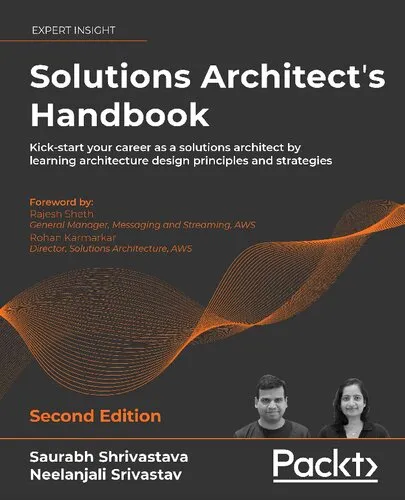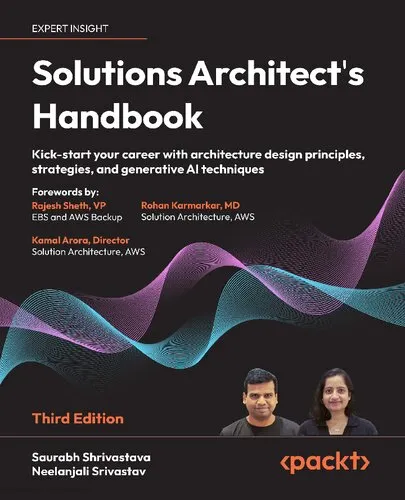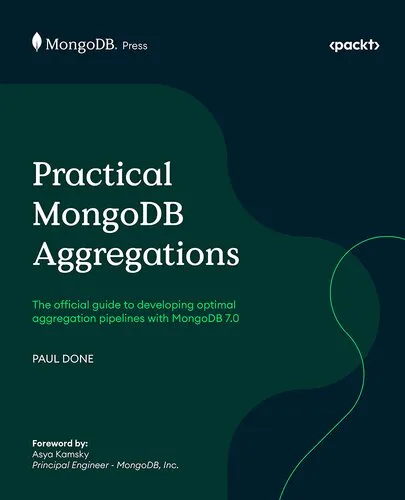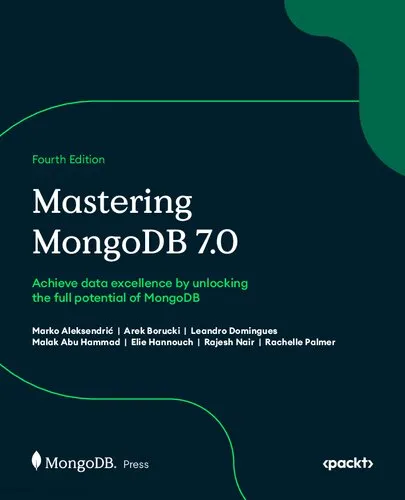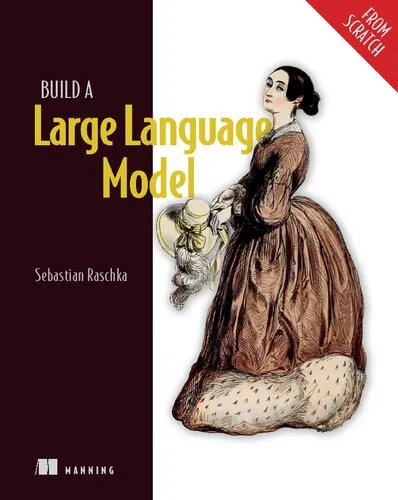The Journal of Urology
4.5
Reviews from our users

You Can Ask your questions from this book's AI after Login
Each download or ask from book AI costs 2 points. To earn more free points, please visit the Points Guide Page and complete some valuable actions.Related Refrences:
Analytical Summary
The book The Journal of Urologypp.1—2 serves as an incisive entry point into the scholarly dialogue that defines modern urological science. Focused intently on the first two pages of a peer-reviewed journal, this work sheds light on how densely packed those initial sections can be—with paradigm-shifting case studies, critical reviews, and statistical breakdowns forming the bedrock of deeper inquiry. This introduction is designed for academics, medical professionals, and postgraduate students eager to refine their understanding of urology research.
Within these pages, readers will find a meticulous dissection of the layered text. The narrative separates broad thematic elements from specific technical details, ensuring that both seasoned clinicians and those new to the discipline can navigate complex ideas at a manageable pace. Central to this analytical process is recognition of the way early sections in prestigious journals frame subsequent research themes, setting the tone for methodological rigor and clinical relevance.
While this summary examines structural and rhetorical components, it also acknowledges the editorial intent—the careful balancing of accessibility and profundity. No factual speculation is included about publication year or any external accolades, as this information remains unavailable due to no reliable public source. The central pursuit is to temper close reading with an appreciation for the broader context that shapes professional discourse within The Journal of Urologypp.1—2.
Key Takeaways
Engaging with The Journal of Urologypp.1—2 reveals far more than introductory remarks; it exposes the scaffolding upon which entire research volumes stand. Readers can expect to uncover structural clarity, evidence-based weight, and thematic cohesion—all in a compact opening segment.
First, the work illustrates how a journal's preamble can signal theoretical priorities and emerging trends. Second, it demonstrates the interplay between case-specific data and broader urological implications. Third, the summary finds in these pages an exemplar of methodical flow, highlighting how even technical language maintains clarity when properly framed. Finally, the analysis invites consideration of how these principles translate to both academic pursuits and clinical decisions.
Memorable Quotes
“The opening paragraphs set the investigative tone that will guide the reader through the nuances of urological inquiry.” Unknown
“Precision in language is as vital as precision in surgical technique.” Unknown
“Every insight in these initial pages is a portal to deeper exploration.” Unknown
Why This Book Matters
The Journal of Urologypp.1—2 is essential for understanding how scholarly communication in medicine begins, evolves, and influences practice. By detailing the structure and substance of early journal content, it teaches readers how to identify emerging trends before they become widely recognized.
For academics, this serves as a model of evaluative reading. For practitioners, it becomes a tangible asset for refining diagnostic and therapeutic approaches. Its applicability to both research and practice underlines its importance for anyone involved in the continuum of urology—from investigation to intervention.
Inspiring Conclusion
Immersing oneself in The Journal of Urologypp.1—2 is not merely about absorbing information—it is about cultivating a keener, more analytical lens through which to view medical literature. By revisiting foundational material, readers strengthen their capacity to interpret nuanced data and apply those interpretations effectively in scholarly or clinical settings.
Now, the invitation stands: read the work with both curiosity and rigor, share your insights within professional networks, and discuss its methodologies in academic forums. In doing so, you extend the relevance of these critical opening pages beyond their original context, ensuring that the lessons drawn from The Journal of Urologypp.1—2 continue to inform, inspire, and advance the field of urology.
Free Direct Download
You Can Download this book after Login
Accessing books through legal platforms and public libraries not only supports the rights of authors and publishers but also contributes to the sustainability of reading culture. Before downloading, please take a moment to consider these options.
Find this book on other platforms:
WorldCat helps you find books in libraries worldwide.
See ratings, reviews, and discussions on Goodreads.
Find and buy rare or used books on AbeBooks.

